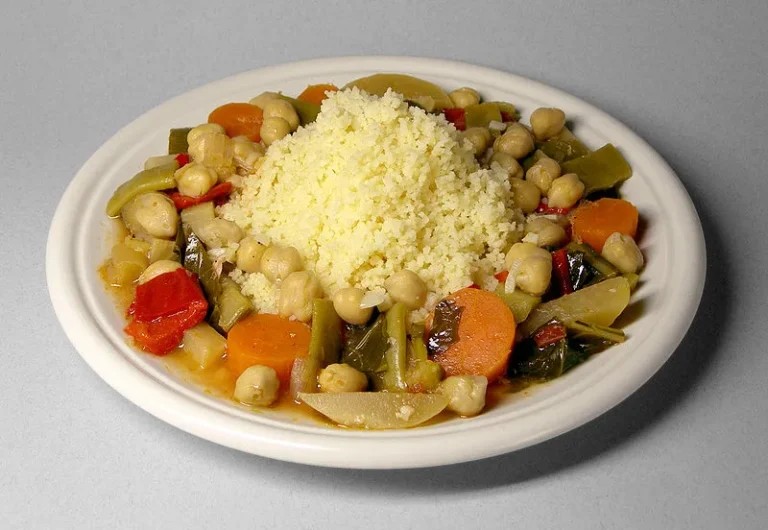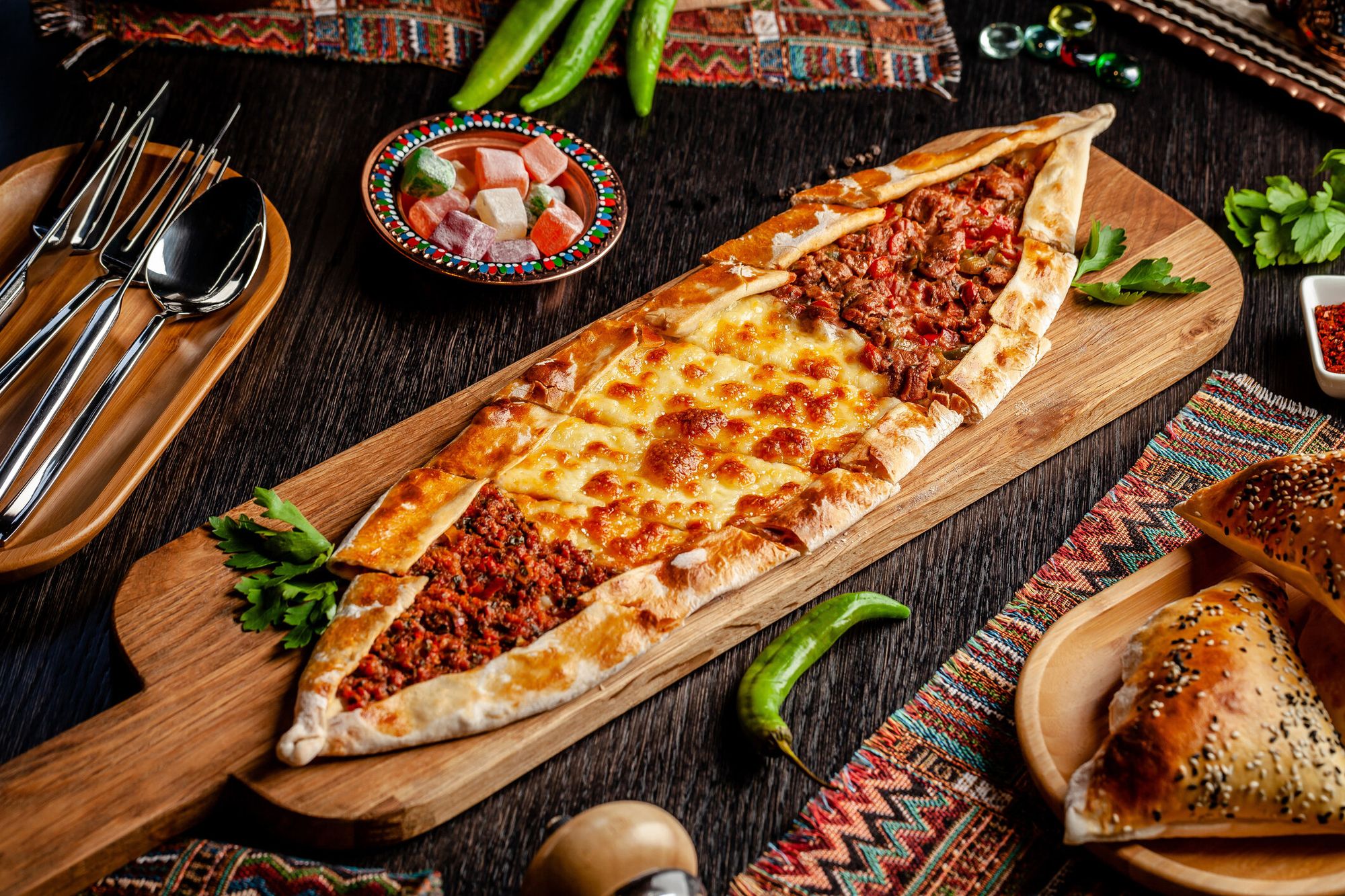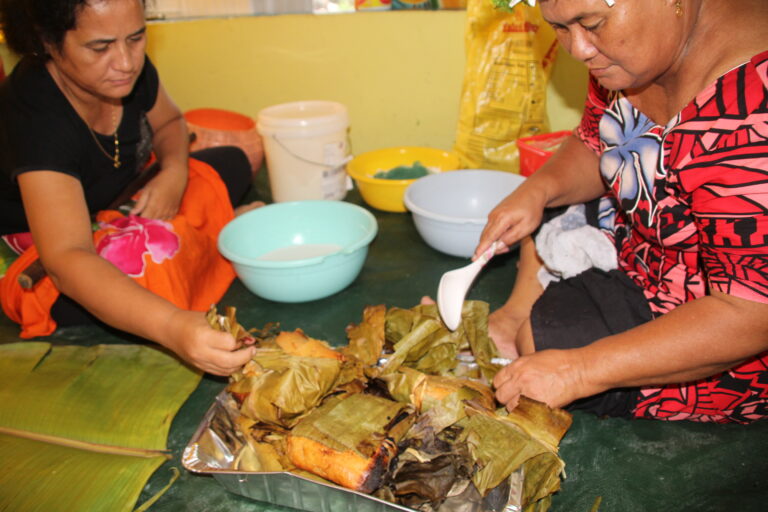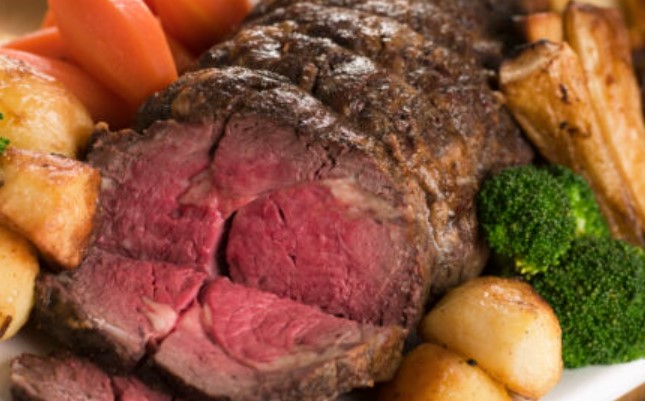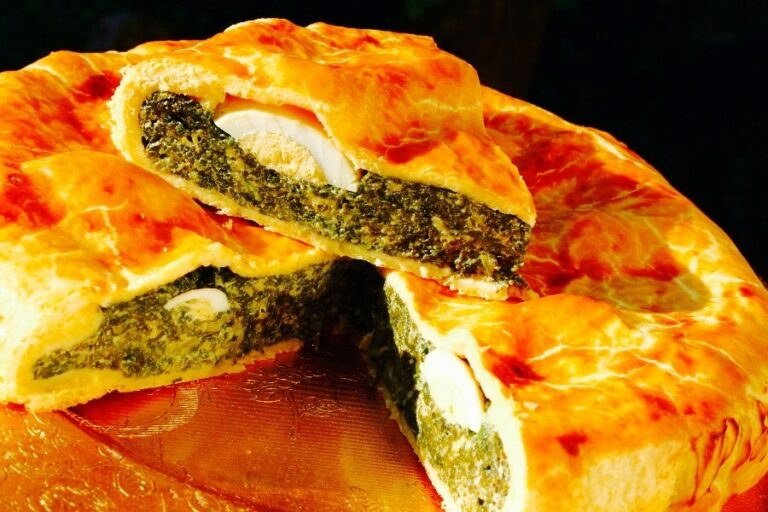Introduction: Trinidad and Tobago cuisine
Trinidad and Tobago is a twin-island country located in the southern Caribbean Sea. The country boasts a rich and diverse culinary tradition, influenced by the various cultures that have inhabited the islands over the centuries. The cuisine of Trinidad and Tobago is known for its bold flavors, vibrant colors, and unique blend of African, East Indian, European, and Creole influences.
The foundation of Trinidad and Tobago cuisine
The foundation of Trinidad and Tobago cuisine is based on staple ingredients such as rice, beans, legumes, root vegetables, and seafood. These ingredients are commonly used in traditional dishes such as callaloo (a popular dish made with leafy greens and coconut milk), pelau (a one-pot dish made with rice, peas, and meat), and macaroni pie (a savory baked dish made with macaroni, cheese, and herbs). Additionally, fresh fruits and vegetables play a significant role in the cuisine, with mangoes, pineapples, papayas, and avocados being common ingredients.
The essential ingredients in Trinidad and Tobago cuisine
One of the essential ingredients in Trinidad and Tobago cuisine is the hot pepper, which is used to add heat and flavor to many dishes. Scotch Bonnet and Habanero peppers are popular varieties used in local cooking. Another staple ingredient is coconut milk, which is often used to make sauces, soups, and stews. Salted fish, such as cod and herring, is also a common ingredient in Trinidadian cuisine, used in dishes like fish cakes and callaloo. Other important ingredients include yams, cassava, plantains, and dasheen (a type of taro root).
Herbs and spices in Trinidad and Tobago cuisine
Herbs and spices are a crucial part of Trinidad and Tobago cuisine, adding depth and complexity to dishes. Popular spices include cumin, coriander, and turmeric, while herbs like thyme, chives, and green seasoning (a blend of herbs including garlic, cilantro, and parsley) are widely used. Curry powder is also a ubiquitous ingredient in Trinidadian cooking, reflecting the influence of Indian cuisine.
The influence of African and East Indian cuisine
The cuisine of Trinidad and Tobago has been shaped by the country’s history of colonization, slavery, and immigration. The influence of African and East Indian cuisine is particularly evident in local dishes. For example, roti, a type of Indian flatbread, is commonly eaten with curried meats and vegetables. African-inspired dishes include callaloo and pelau, which incorporate ingredients like okra and coconut milk.
Conclusion: A flavorful and unique cuisine
Trinidad and Tobago cuisine is a vibrant and exciting fusion of flavors and cultures. The use of staple ingredients such as rice, beans, and seafood, in combination with herbs and spices, creates a cuisine that is both delicious and unique. The influence of African and East Indian cuisine adds depth and complexity to dishes, making Trinidad and Tobago cuisine a true reflection of the country’s rich history and diverse cultural heritage.


